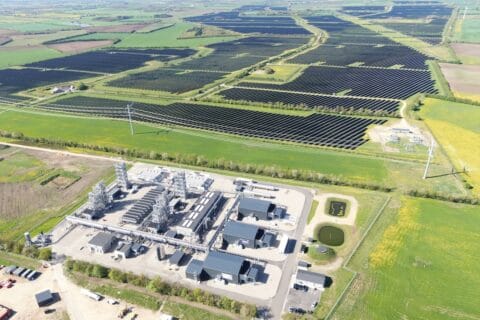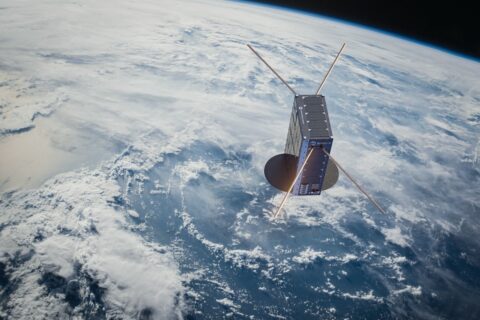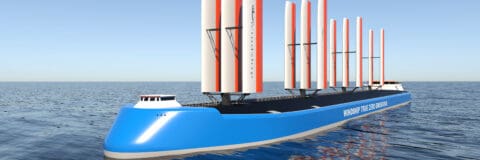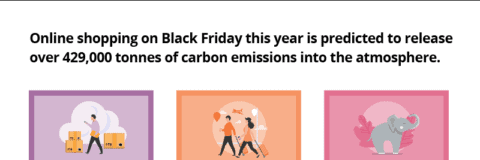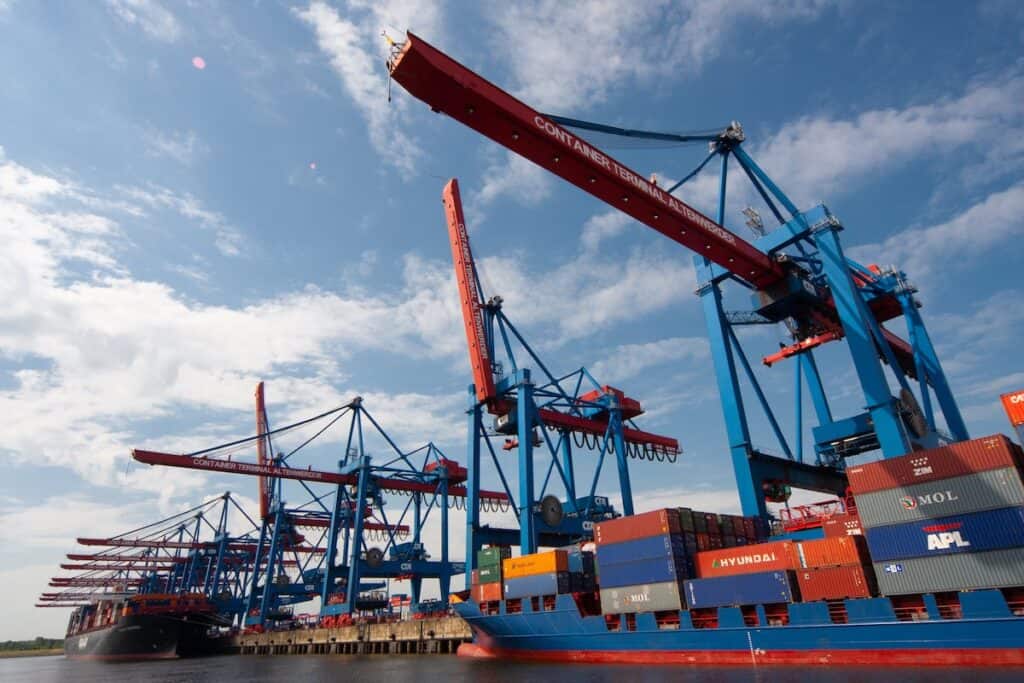
The River Thames has enormous, untapped potential for handling light freight. Realising the opportunities it presents could deliver new jobs, ease congestion and air pollution, plus help keep the nation on track to net zero. Assessing its operational and financial viability, an influential new report finds that handling just three per cent of the 700 million parcels delivered in London annually could make river freight competitive with traditional road freight. A focus on large-scale light freight, suited to deliveries of food, beverages and retail goods, would work best.
The Light Freight on the River Thames report has been commissioned by the Thames Estuary Growth Board and the Port of London Authority. Delivered by WSP, one of the world’s leading engineering professional services consultancies, the purposes of the research are to provide the framework for a viable light freight solution on the River Thames, demonstrate the benefits for both business and the wider public, and set out clear next steps.
Publication of the report will help inform development of the case for investment, plus win policy support at all levels of government. The study will be discussed by operators, logistics companies and key stakeholders seeking to make light freight on the Thames a reality in the coming years.
Viability, recommendations and next steps
Confirming light freight to be an operationally and financially viable proposition for the River Thames, the new report sets out a number of recommendations, suggesting the following next steps should be the following:
- Establish a coordinating body with political backing that can put pressure on stakeholders to help facilitate riverside developments;
- Show how operations at the key points — loading, unloading and last mile — can work seamlessly and efficiently to attract anchor customers;
- Develop detailed options for pier development that minimise costs and maximise market access;
- Realise the social benefits of river freight through revenue support mechanisms and understanding of customer willingness to pay for environmentally friendly deliveries;
- Push for limited increases in road pricing to facilitate an enormous reduction in van traffic;
- Enter discussions with large, innovative online businesses to become the potential anchor clients that will achieve the 20 million parcel target; and
- Support the development of proof-of-concept trials, including those currently under way.
Light river freight is already showing signs of resurgence, with the drive of organisations such as the Port of London Authority (PLA) and the use of the river for parcel trade (by DHL for example) and hospital supplies (Guys and St Thomas NHS Trust). This generates enormous environmental and social benefits whilst also presenting an opportunity to push forward innovation through new marine technologies in green power such as hydrogen and electrical propulsion.
Moving freight onto the river is a key part of the Thames Estuary Growth Board’s Green Blue Workplan, which describes practical steps to realise the huge potential of the Thames Estuary. By driving a modal shift from road to river, the Board aims to draw in new investment opportunities, supporting its position as a strategic investment partner to Government, and driving levelling up across the Estuary.
Responding to the findings in the report, Kate Willard OBE, Estuary Envoy and Chair of the Thames Estuary Growth Board, said:
“Good, green growth is so central to everything the Thames Estuary Growth Board does — that means sustainable growth that works with the environment and resources we have around us. The Thames is a fantastic example of this. We have an enormous opportunity to make the most of the River and use it to deliver new jobs, reduce road congestion and clean up polluted air.”
Leading on light freight, Deputy Chair of the Thames Estuary Growth Board, Perry Glading added:
“This is an opportunity we cannot afford to miss, as we continue to strive towards net zero and deliver the world’s cleanest, greenest Estuary. We are delighted with the work WSP has put into creating the models and recommendations — and we look forward to putting them into action.”
Placing the recommendations in a wider transport context, James Trimmer, Director of Planning and Environment for the Port of London Authority, said:
“The Thames is home to the UK’s largest port and inland waterway and provides a sustainable and reliable, congestion free highway into the heart of the capital. The report shows how ‘joining the dots’ between port and consumer is a very real possibility and one which will deliver manifest environmental and wider social benefits.”
Recognising that decarbonising elements of the transport network and helping to deliver a greener net zero future for everybody is not only a vital task, but a doable one, Prof Jim Coleman, Head of Economics at WSP, concluded
“The findings from our report are clear: moving light freight onto the River Thames is not only feasible, but has invaluable benefits. Cost is an overriding issue in transportation, but at the right scale, it can easily be competitive with road freight, particularly as new technologies and innovations develop.“
Going Green and Blue in the Thames Estuary
The Thames Estuary is the UK’s biggest growth opportunity, with the potential to add £190bn GVA and create 1.3 million jobs. In order to make the most of these prospects, Kate Willard OBE has been appointed by the Government to lead a dedicated Thames Estuary Growth Board.
The Board set out its vision in July 2020 to realise the amazing potential of the Thames Estuary. Entitled The Green Blue, this strategic action plan aims to create good, green growth using the blue waterway of the Thames.
One year on, in July 2021, the Board launched the Green Blue Workplan, outlining what the Board will do to deliver that Green Blue vision, mapping out focus areas for development in the region and key performance indicators.
The Board’s priorities include building an Estuary-wide hydrogen ecosystem to turbo-charge the Government’s energy and net zero ambitions; utilising the Thames Freeport to attract inward investment, boost the national economy, and unlock green initiatives; plus investing in transport infrastructure developments, as well as utilising the river for both freight and passengers to ease congestion and reduce pollution on the region’s roads.
Further Reading:
- More about the Thames Estuary Growth Board;
- More on The Green Blue Action Plan and Green Blue Workplan;
- Read and download the Light Freight on the River Thames report in full;
- More about the Port of London Authority; and WSP;
- Also on SustMeme, Shop ‘guilt-free’ with driverless electric delivery?
- Also on SustMeme, First full-electric truck for inner-city logistics;
- Also on SustMeme, Decarbonising logistics: ‘Supply Chain Resilience’ in The Sunday Times;
- Also on SustMeme, Road to rail helps get decarbonisation of waste on track;
- Also on SustMeme, Green berthing area for Port of Hamburg moors ships off-grid.
>>> Do you have sustainability news to broadcast and share? If you would like to see it featured here on SustMeme, please use these Contact details to get in touch and send us your Press Release for editorial consideration. Thanks.

